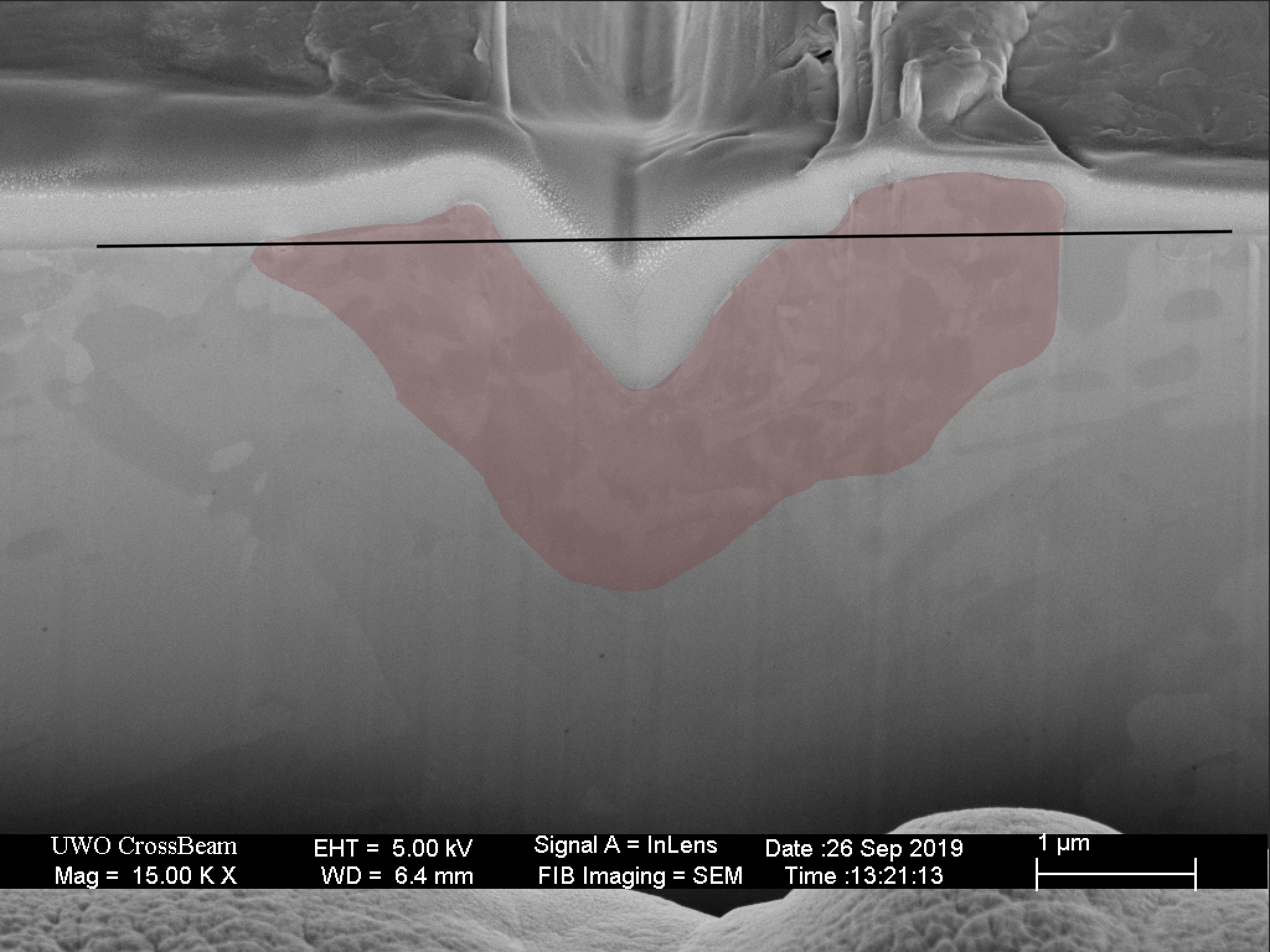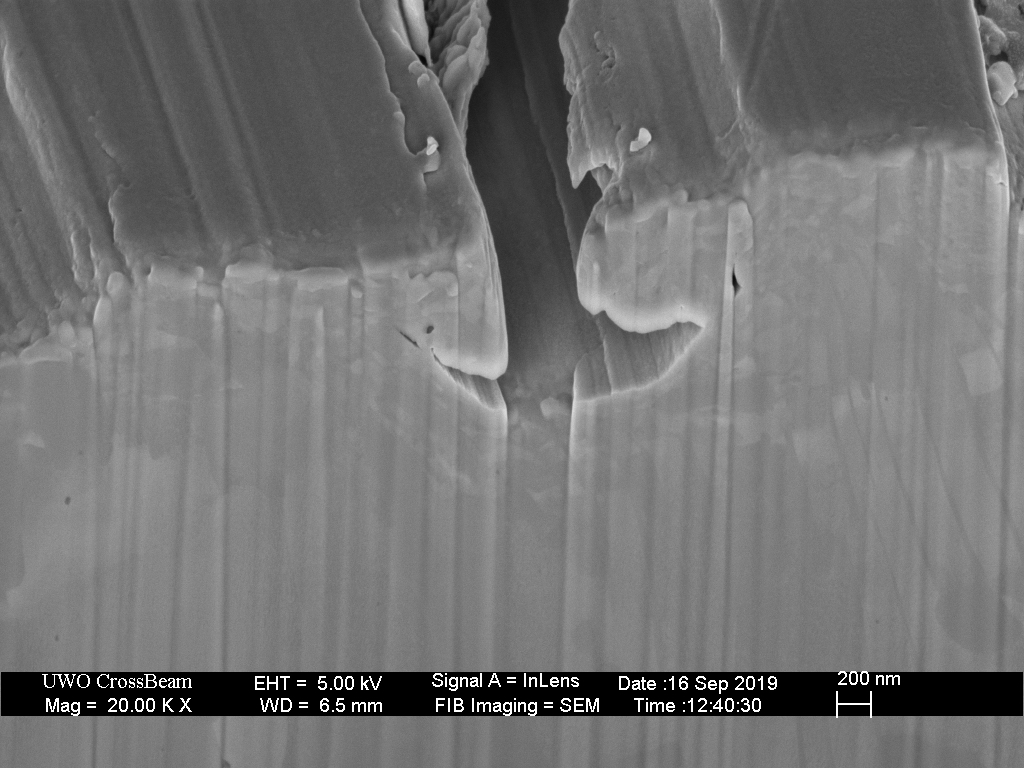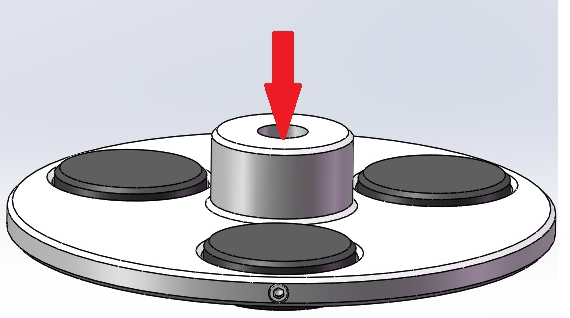Because the difference between the SP1000 (acts like a 700ish stone) and SP2000 (acts like a 3000+ stone) is pretty wide. The SG2000 acts like a 2K. Doable? Yes.
SP1000 followed by a SG3000 would give you a better finish that the SG2000.
FWIW my roadie kit to sharpen friends knives - when I know they have Shun and Shun Lite, includes SG500, and SG3000 to be used together. .
SP1000 followed by a SG3000 would give you a better finish that the SG2000.
FWIW my roadie kit to sharpen friends knives - when I know they have Shun and Shun Lite, includes SG500, and SG3000 to be used together. .










